You watch videos on YouTube and at the same time get an ad from brand X that introduces the new phone model. Updating your phone may have already been in the back of your head, but you have not been able to get to know the options on the market in more detail. The ad for the new model will make the purchase of the phone rise to your conscious consideration.
Moments later, you are browsing Instagram on your phone, and in the Instagram Stories section, you will come across a video of a blogger that you are following saying she has just been trying out this new phone from the same brand X for a month and now shares a review of this test period on her blog. You swipe up and move on to read the blog post. A blog post will get you interested in acquiring this particular phone, as it seems to meet your needs in every way and the fact that the blogger whose rating you trust recommends the phone is of course important.
Later that day, you will do a Google search of the phone model on your computer and click through the paid Google ad to the e-commerce site to find out more about the phone’s specifications. After that, you will do another search on Google, compare prices in different online stores, and decide to stay and think about it.
The purchase will already be forgotten, until after a couple of days, after you end up on the remarketing list, you will see an ad on your phone Facebook. The ad will remind you of the purchase of the phone again.
In a week, an email notification will pop up stating that you will receive a gift card in the online store where the same phone is being sold, and you enthusiastically click on the online store, move the phone to the shopping cart and complete the purchase – and wait for the package to arrive at your doorstep.
Complex conversion paths and a huge number of marketing channels pose challenges for evaluating the performance of marketing channels
The purchase path described above represents a very typical purchasing process for today’s customer. There are numerous encounter points before the actual conversion, and the purchase process does not usually proceed in a straightforward manner. The complex buying paths of the world, which has turned to a multichannel and omnichannel, and the explosive growth in the number of marketing channels make it challenging to assess the results of different channels – the more complex and longer the purchase path, the more challenging it is to assess which channel actually has the final conversion.
In the case described above email marketing would very typically get all the credit for your purchase, as it was the last meeting point on the conversion path before the purchase. But what about YouTube marketing? Or influencer marketing? Instagram advertising? Google paid advertising? Facebook remarketing? All these channels played their part in the fact that the purchase was eventually completed, but rarely are they given credit for it. If one of the meeting points on the conversion path had been removed, the purchase path could have been broken. What if Facebook’s remarketing had not recalled the purchase? The phone purchase might have been forgotten and the next time it came back to your mind is when you drop the phone on the floor and it breaks down for good.
YouTube marketing can be great for sparking interest and bringing new potential customers to your site, but it does not necessarily cluster stores. Email marketing can make current customers buy more and more often, but not bring significant new customer flow to your website. So how do you know which channel to actually place your ad budgets on? How can we assess the performance of different channels? Measuring results is the cornerstone of digital marketing, which is why every marketer naturally hopes to get the most reliable figures possible to support decision-making.
The solution is attribution modelling.
Attribution determines how much credit each channel is given for conversion
Attribution helps to understand the customer’s entire conversion path, i.e. all the encounter points along the route: in practice, attribution modelling can be used to form a more holistic picture of the customer’s conversion path. The attribution model determines how much value is given to each channel on the conversion path from the resulting conversion.
This allows you to avoid making too hasty conclusions about the marketing efforts, which is easy if you focus closely on the last-click pattern, for example.. We are shutting down Facebook campaigns that have set off the intention to buy, or we are interrupting keywords that have brought in very new customers from Google Ads because the numbers show that they are not bringing in sales. Attribution helps to identify which channels are bringing in new customers or which are clustering stores again – making it easier to assess the results of different channels and directing your marketing budget in euros to where they are producing the desired results.
Different platforms and tools measure attribution in different ways
There are numerous different models for measuring attribution. And it is not enough that there are different measurement models, but in addition, different platforms and tools measure attribution in different ways.
For example, Google Analytics attribute measurement is based purely on cookies, while Facebook tracks visitors instead of cookies. When comparing the figures displayed by these two platforms, it is often noticed that Facebook’s performance looks downright gruesome when viewed from Analytics, even though Facebook’s own metrics look good in every way.
The cause can be found in the attribution. Google Analytics and Facebook mimic attribution in different ways. While Google Analytics, by default, gives the last click of the conversion of the credit to the last channel, Facebook, on the other hand, gives value to the last Facebook ad click – or, if there was no click, the last ad seen (screen conversions).
If a customer clicks on a Facebook ad and ends up on the site browsing products but does not make a purchase and, for example, on the same night returns to make a purchase and makes it through a paid Google ad, Facebook shows that the purchase was due to a Facebook ad. Google Analytics, on the other hand, gives all credit for a Google ad paid to the purchase. In practice, Facebook always gives an optimistic assessment of its own performance, while Google Analytics’ figures seem favorable for channels that are at the end of the purchase funnel – which is typical for remarketing, for example.
Compare channel performance considering different attribution models using Google Analytics model comparison tool
Google Analytics uses the last-click model of its default, but Analytics offers a model comparison tool that makes it possible to compare how the results of different channels look with different attribute models. By comparing different attribution models, it is possible to identify channels, campaigns, and keywords, for example, that would have looked bad and underperforming considering the last click.
Next, let’s take a look at the various attributes Google Analytics offers.
A) LAST CLICK
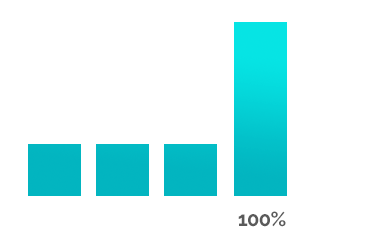
The last-click model, or last click, is, as has already been said, the most common attribution model and the default Google Analytics model. The last-click model gives 100% of the total value of the conversion to the last touch point of the conversion path.
The last-click model tells you which channels or campaigns are the best clicks for the store. That sounds good, of course, because of course every marketer wants to know which channels or campaigns bring the most euros to the table, right? However, just staring at the last click often puts many marketing efforts in a bad light, as it is very typical that the last click comes through direct traffic, paid brand search or organic search, for example, and thus these channels get all the credit for conversions, even if the first channel of interest would have been Instagram or YouTube, for example.
(B) LAST INDIRECT CLICK
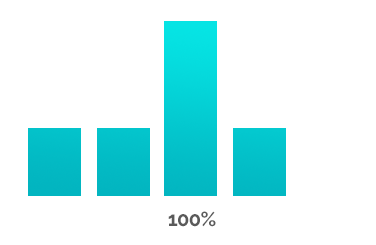
The last indirect click template ignores direct traffic. Credit for the conversion goes to the last rendezvous point before the conversion takes place.
The last indirect click template is useful when you want to use the last click template, but you do not want to consider direct traffic (which is often the end result of marketing efforts).
C) FIRST CLICK
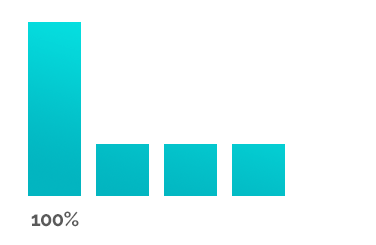
The first click is the opposite of the last click. The first click model gives a value of 100% of the conversion path to the first touchpoint.
The first click template is especially useful when you want to identify the channels or campaigns that bring the most new traffic to your pages that will eventually lead to a conversion. The first click model therefore favors the channels at the top of the shopping funnel.
D) LAST GOOGLE ADS CLICK

The last Google Ads click model gives 100% of the value to the last click to Google paid advertising.
If the only marketing channel is Google Ads and you only want to measure the results it delivers, the model can be useful. If (and when) more marketing channels are enabled, the last Google Ads click model embellishes the performance of Ads advertising and completely ignores all other channels.
(E) LINEAR
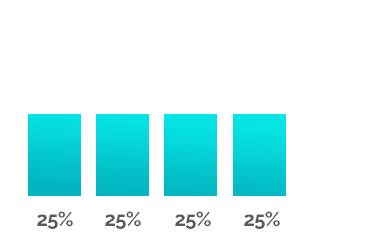
In a linear model, the value is evenly distributed among all channels that contributed to the conversion, meaning that each channel that was part of the conversion route is given equal credit for the conversion that occurred.
The idea of a linear model is good – let’s give credit equally to everyone. However, the reality is that not all points on the conversion path are equal, but some points have more impact on the emergence of conversion than others and are therefore worth more. The linear model gives an overall picture of which channels are most often part of the conversion route, but in reality, the marketer is likely to want to give more value to the channels that have had a stronger impact on the conversion, so that marketing euros can be positioned to maximize the ROI.
(F) LOCATION-BASED
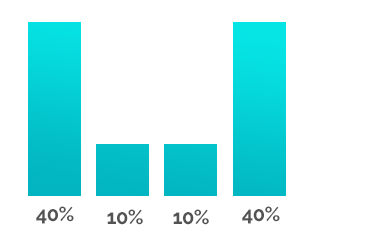
In a position-based model, the first and last clicks each receive 40% of the conversion value, while all points in between all get an equal share of 20%.
The location-based model tackles a lot of the problems that exist in other models, as presented above. It gives the most value to the first encounter point (which originally brought the customer to the pages) and the last channel that clustered the store, but it also takes all the other encounter points between the two points into account. However, the situation is the same as with the linear model: all of the encounter points in between are hardly exactly equal.
(G) TIME DECAY
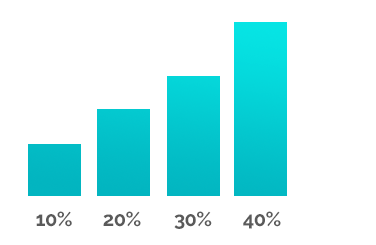
In the time decay model, the intersections closest to the time of conversion receive most of the glory, and the farther the time the conversion point has been from the time of conversion, the less it has had an effect on the occurrence of conversion according to the decay time model.
The time decay model shows which channels have been involved in the conversion path, but it gives more value to the channels that clustered in the trade. At the first encounter points, the customer’s conversion path can have a big impact on the final conversion, and this is ignored by the time decay model.
H) DATA-BASED
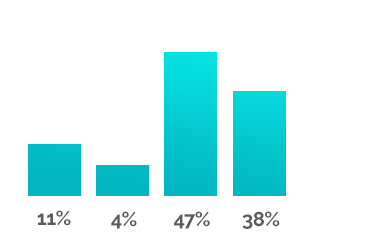
There is also the data-based model, which is available to GA 360 customers. The data-based model is based on Google’s machine learning algorithm: the algorithm takes the effects of different channels along the conversion path into account and distributes the value to different intersection points based on the data. This is the only non-static model that adapts based on the data.
In addition to the models presented above, Google Analytics offers the ability to create its own fully customized models where you can assign weight to each channel in a way that suits your company’s goals.
Choose an attribution model that meets your company’s business and marketing goals
When choosing an attribution model, stop and think about your business and marketing goals. Which attribute model to choose is entirely dependent on which marketing aims to achieve. Is your Google Ads advertising the one and only goal to get fully ready-to-buy customers into your store and to make a purchase? Then the last click model is perfectly suitable for measuring attributes. If, on the other hand, you want to measure the impact of different marketing channels on the conversion path more comprehensively, you may want to consider another model.
Choosing the right template is based on which question you want to find answers to. So, think first about what you want to know and choose the attribution model you want to use based on it.
There is no complete template
The most important thing to remember is that there is no fully holistic attribution model that can measure the entire customer path completely from start to finish, despite different devices and different browsers (at least for the time being). Attribution models are largely based on assumptions, which is why it is difficult to get the full truth.
It is not essential to find the right answer, because there is no such thing. Attribution always has its own shortcomings, and each model has its own advantages and disadvantages. The most important thing is to choose the model that best suits the company’s business and marketing goals and to be aware of its shortcomings. This will make it easier to understand the bigger picture.
Although there is no fully complete attribution model, this does not mean that not every marketer can benefit from the use of attribution modelling. Attribution modelling helps, for example, to allocate an available ad budget. When you know even a little, you need to guess less – although it is not possible to know the absolute truth about the results achieved by the marketing efforts, the use of attributes provides guidance on which channels in use bring the most direct results to the company and which are more supportive. In this way, the budget can be focused on different channels according to the current objectives.


